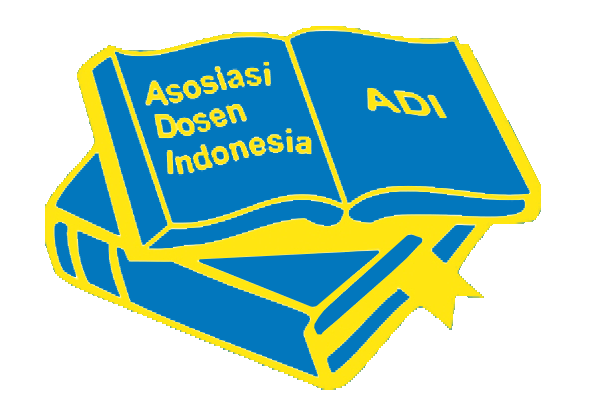The Development of Virtual Laboratory in Solution Concentration Practicum in Chemistry Education Study Program UIN Ar-Raniry Banda Aceh
Abstract
The background to the development of a virtual laboratory on concentration of solutions in chemistry education study program at UIN Ar-Raniry is the lack of use of interactive media in carrying out practicums, if practicums cannot be carried out directly in the laboratory. Like during the pandemic, which greatly hampered the practical implementation in person. Solution concentration practicum is one of the subjects that requires supporting media in practicum when practicum cannot be carried out directly in the laboratory. The purpose of this study was to describe the development of a virtual laboratory for concentration practicum in chemistry education study program at UIN Ar-Raniry Banda Aceh. The subjects of this study were 24 students of the Chemistry Education study program. The research method used is research and development using the ADDIE model. Data collection techniques used interviews, validation and student response questionnaires. Data analysis results of media validation and student response questionnaires used the proportion reduction formula. Based on the results of expert validation on aspects of media assessment, material and language for virtual laboratory media, an average proportion of 96.21% was obtained, including the "very valid" criterion. The results of student responses obtained a proportion of 90% with the "very good" criterion. Based on the results of the research, it can be concluded that the virtual laboratory developed has very good quality so that it is suitable for use as a support in learning.
References
Khikmah, N. (2015). Pengaruh Konsentrasi NaOH dan Laju Alir pada Penentuan Kreatinin Dalam Urin Secara Sequential Injection Analysis. Kimia Student Journal. Vol.1: 613-615.
Mulyatiningsih, Endang. (2014). Metode Penelitian Terapan Bidang Pendidikan. Bandung: Alfabeta.
Nisa, S. K., Nurmiyati, Rinanto, Y. (2019). Pengembangan Media Pembelajaran Laboratorium Virtual Berbasis Discovery Learning pada Materi Sistem Ekskresi untuk Kelas XI MIPA. Jurnal Pembelajaran Biologi. 8(2): 122.
Sari, R. P., Tusyantari, N. B., dan Suswandari, M. (2020). Dampak Pembelajaran Daring Bagi Siswa Sekolah Dasar Selama Covid-19, Jurnal Ilmiah Kependidikan, 2(1), 11.
Ratna., dan Nyoman, K. (2009). Sifat Koligatif Larutan. Yogyakarta: Pustaka Belajar.
Rukajat, Ajat. (2018). Pendekatan Penelitian Kuantitatif Quantitative Research Approach. Yogyakarta: Deepublish
Subramanian, R., dan Marsic, I. (2001). ViBe: Virtual Biology Experiments.
Syukriadi. (2016). Penggunaan Media Virtual Laboratory pada Pembelajaran Konsep Getaran dan Gelombang di MTsS Nurussalam Aceh Timur. Skripsi, Banda Aceh: Fakultas Tarbiyah UIN Ar-Raniry.
Wiranda, T., & Adri, M. (2019). Rancang Bangun Aplikasi Modul Pembelajaran Teknologi WAN Berbasis Android. VoteTEKNIKA (Vocational Teknik Elektronika Dan Informatika), 7(4), 2302–3295.














